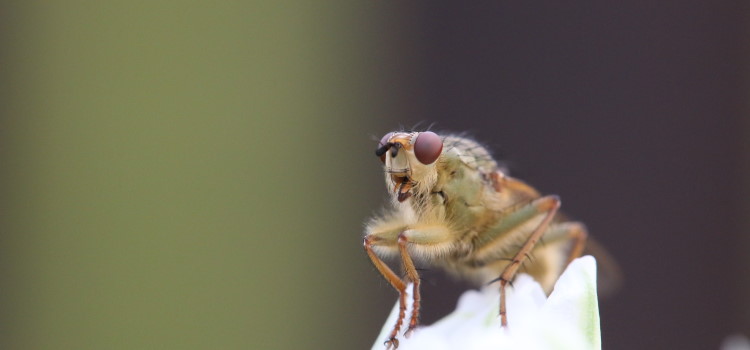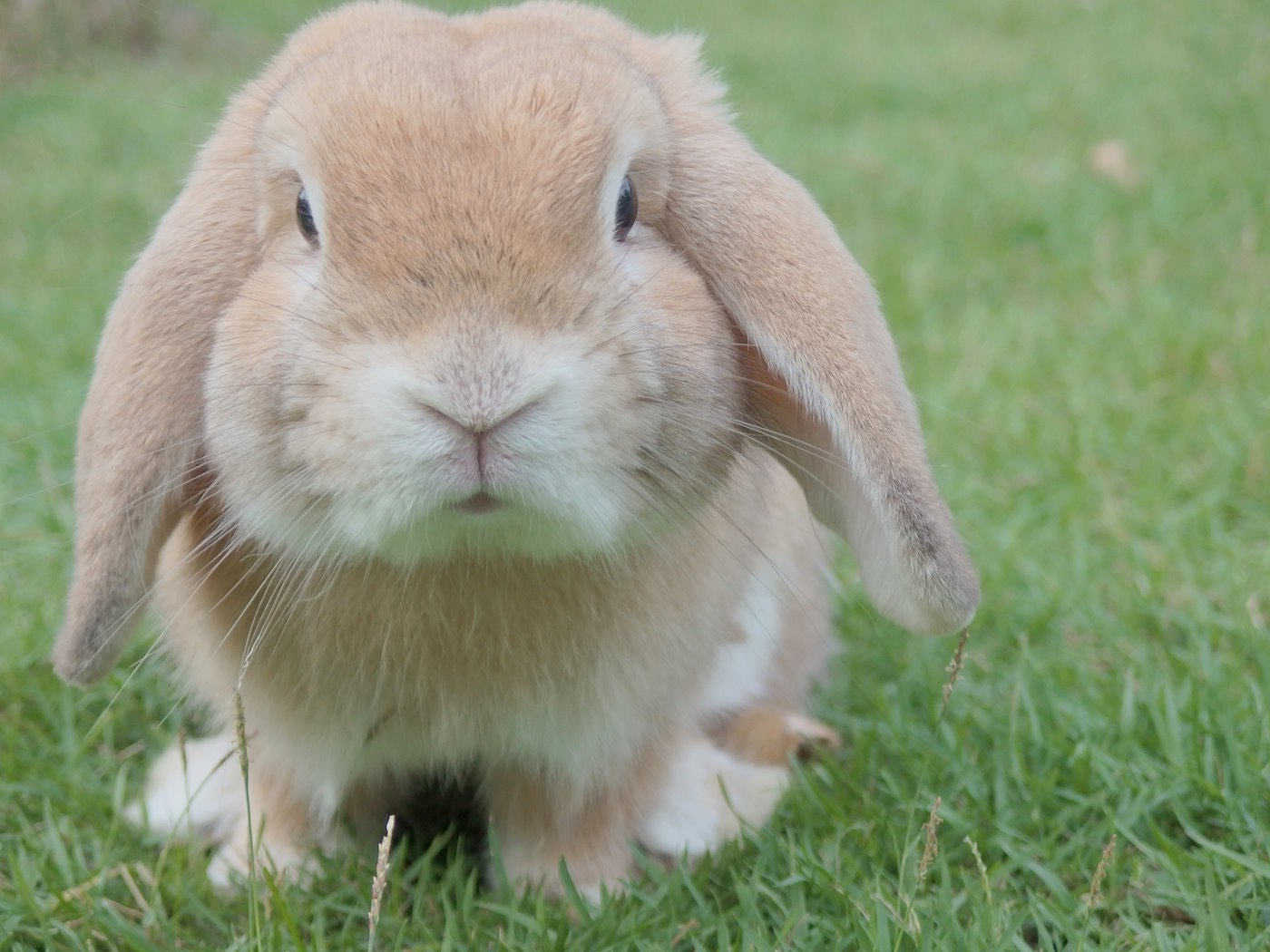Have you ever wondered why we have two eyes? Why not one giant eye, or three?
Evolution of the Eye
Well, no one truly knows why we have exactly two eyes, but using science we can make a very educated guess! We have two hands, two ears, two arms; you see where I’m going with this? Our bodies are very much symmetrical, and this is possibly a contributing factor as to why we have two eyes. The evolution of the eye seems to be rooted in a left-right pattern.
What do you notice about the orientation of the eyes in the images below?
Look closely at the eye placement on these animals. Two of these mammals have their eyes placed on the side of their face and one has them facing forward. This difference allows the ape to see better. How? Read on.
Understanding Stereovision
Just like the ape, human eyes are placed at the front, instead of the side of the face. This also makes sense as we share 96% of the same DNA. This placement allows each eye to see an object at a slightly different angle. When this is interpreted by our brain the image is put together and completed. You can even test this out yourself, here. Pretty cool, right? This is called stereovision, which lets us see in 3D! What’s even more amazing is our brains can see the depth of an object. This might not seem like such a big deal, but it likely paid a huge advantage to humans in our survival. To put it in perspective (no pun intended), imagine you could see how far your prey stood. This would be a heck of an advantage over an animal that couldn’t see this way. However, those animals with eyes placed on the sides of their heads have a larger ‘field of vision‘. This may lend a hand in categorizing animals as prey or predators. Prey require a larger field of vision to allow them to see and escape predators. However, in order to catch their next meal, a predator must know exactly how far it’s next meal stands. Depth perception allows a predator to lurk far enough, and pounce at the right time with accuracy. What do you think about this theory?
So why don’t we have three eyes or more?
The eye and its function is, to say the least, complex. So complex, that we have yet to successfully understand how to transplant this organ in humans. Interpreting an image being seen involves information being transferred through a series of processes to both the left and right part of the brain via the optic nerve. If we had one more eye, how would it fit into this already complicated process? More importantly, how would it change the way we see?

Just for comparison sake, let’s examine the fly, a critter that has more than two eyes. Flies have compound eyes, and see the world in almost a 360-degree view. Unlike a human, their eyes cannot move, and they don’t have pupils. This doesn’t allow a fly to control how much light enters their lenses. And as a result, they cannot focus on an object. They also cannot see very far. Evolution has miraculously allowed humans to survive thus far, and with only two eyes! Perhaps the addition of another eye(s) may in fact not be advantages to us. I guess you could say, sometimes less is more.
Did you enjoy reading this blog post? Stay tuned for more interesting posts!
In the meantime, check out past blog posts.
